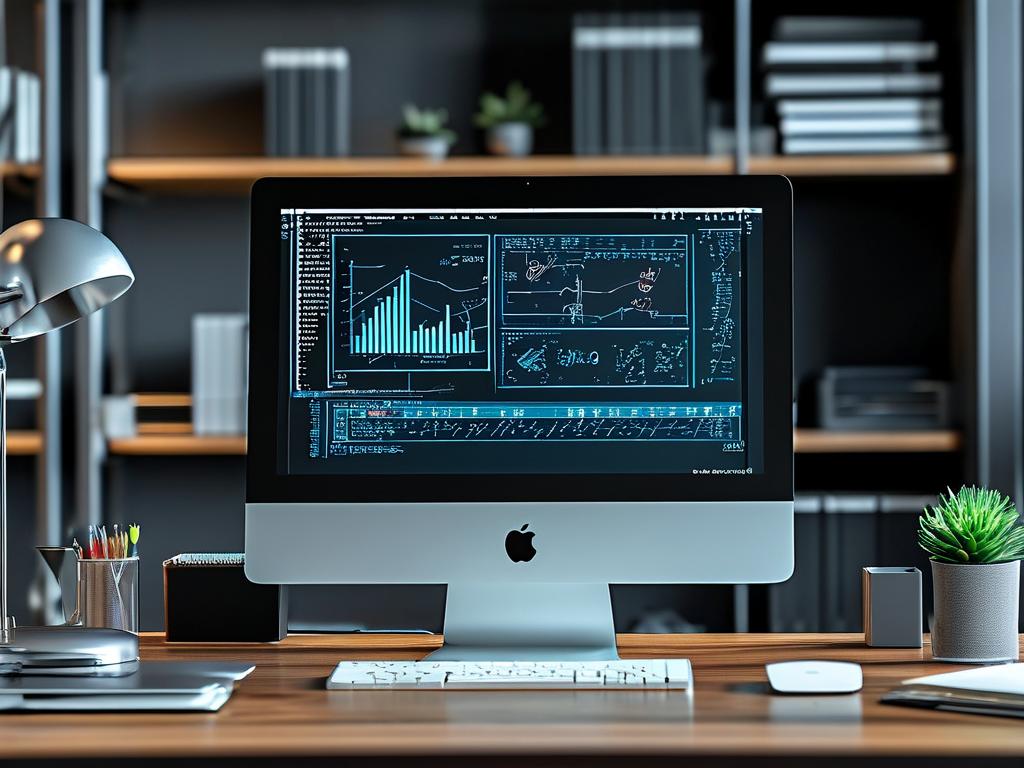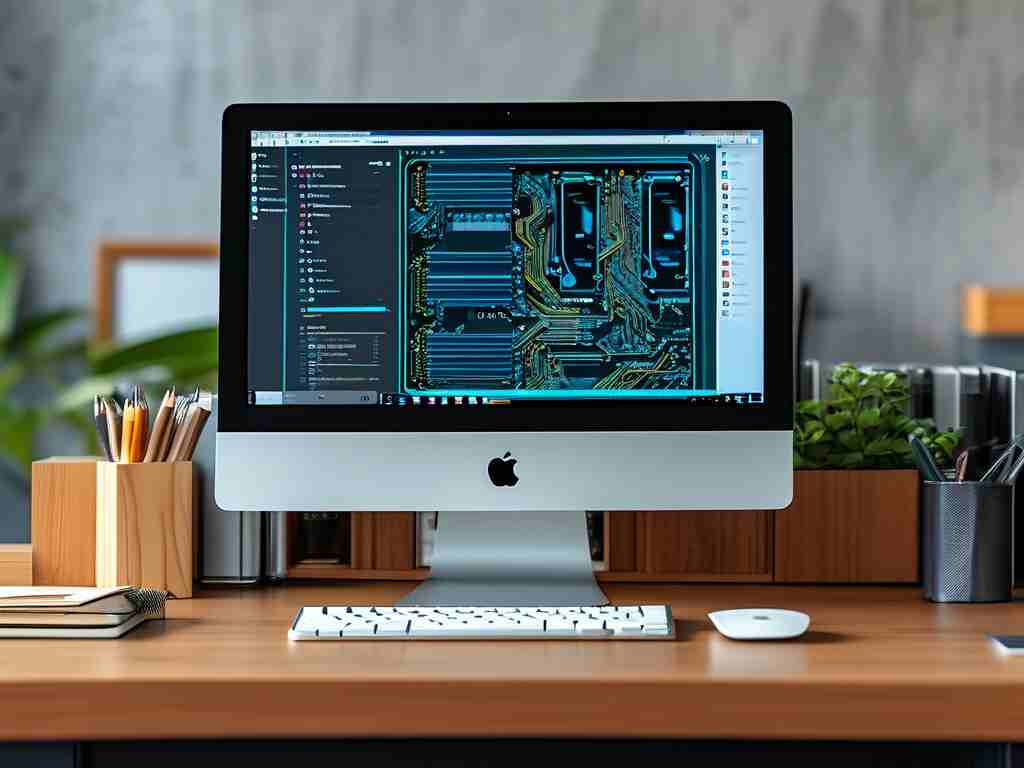In today's digital landscape, video content dominates both professional workflows and personal entertainment. Calculating memory requirements for video processing remains a critical yet often misunderstood task. This article explores the technical nuances behind video memory calculations while providing practical insights for developers, editors, and tech enthusiasts.

The foundation of video memory calculation lies in understanding three core parameters: resolution, frame rate, and bit depth. A 1080p video (1920x1080 pixels) running at 30 frames per second with 8-bit color depth requires significantly different memory allocation compared to 4K footage at 60fps with 10-bit color. The basic formula involves multiplying these values:
# Sample calculation for uncompressed video
width = 3840 # 4K UHD
height = 2160
fps = 60
bit_depth = 10
bytes_per_pixel = (bit_depth * 3) / 8 # RGB channels
memory_per_second = width * height * fps * bytes_per_pixel
print(f"Raw memory requirement: {memory_per_second/1e9:.2f} GB/s")
This code snippet reveals how quickly memory demands escalate with higher-quality footage. A 4K 60fps 10-bit video consumes approximately 11.94 GB per second in uncompressed form, highlighting why compression algorithms become essential for practical applications.
Modern video compression standards like H.265 (HEVC) and AV1 dramatically reduce storage needs through advanced encoding techniques. However, decoding compressed streams requires additional memory buffers for reference frames and motion compensation. The memory hierarchy—from GPU VRAM to system RAM—plays a crucial role in maintaining smooth playback and editing performance.
Color space conversions add another layer of complexity. Videos encoded in YUV 4:2:0 chroma subsampling require 50% less memory than RGB 4:4:4 formats, but real-time conversion between color spaces during processing temporarily doubles memory usage. Professional video editing software often allocates scratch disks and cache memory to handle these transitional operations.
Emerging technologies like 8K video and high dynamic range (HDR) content push memory requirements to new extremes. An 8K RAW video file at 120fps can demand over 100 GB/s of memory bandwidth, necessitating specialized hardware configurations. This explains why film studios increasingly adopt NVMe RAID arrays and GPU-accelerated processing to manage massive datasets.
For developers optimizing video applications, memory alignment and data structure design prove critical. Improperly aligned memory accesses can reduce effective bandwidth by 40-60% on modern GPUs. Best practices include using pinned memory for host-device transfers and implementing efficient memory recycling strategies to minimize allocation overhead.
Consumer-grade devices face different challenges. Smartphones employ intelligent memory pooling where the camera app shares buffers with the gallery and streaming services. This dynamic allocation approach explains why recording 4K video sometimes causes other apps to reload—the system prioritizes video capture memory over background processes.
The rise of AI-enhanced video processing introduces new memory considerations. Real-time neural network inference for features like super-resolution or object tracking requires dedicated tensor memory in addition to standard video buffers. This dual memory demand has led to specialized AI chips with partitioned memory architectures in modern smartphones and cameras.
Looking ahead, the industry faces a memory scalability challenge. While storage capacities grow exponentially, memory bandwidth improvements follow a slower trajectory. Emerging solutions like 3D-stacked memory (HBM3) and computational storage devices aim to bridge this gap, promising to revolutionize how video data gets processed across edge devices and cloud platforms.
Understanding these memory calculation principles empowers professionals to make informed decisions when configuring systems, optimizing workflows, or developing video-related software. As video technology continues evolving, mastery of memory management will remain a key differentiator in delivering high-quality visual experiences across diverse platforms.









